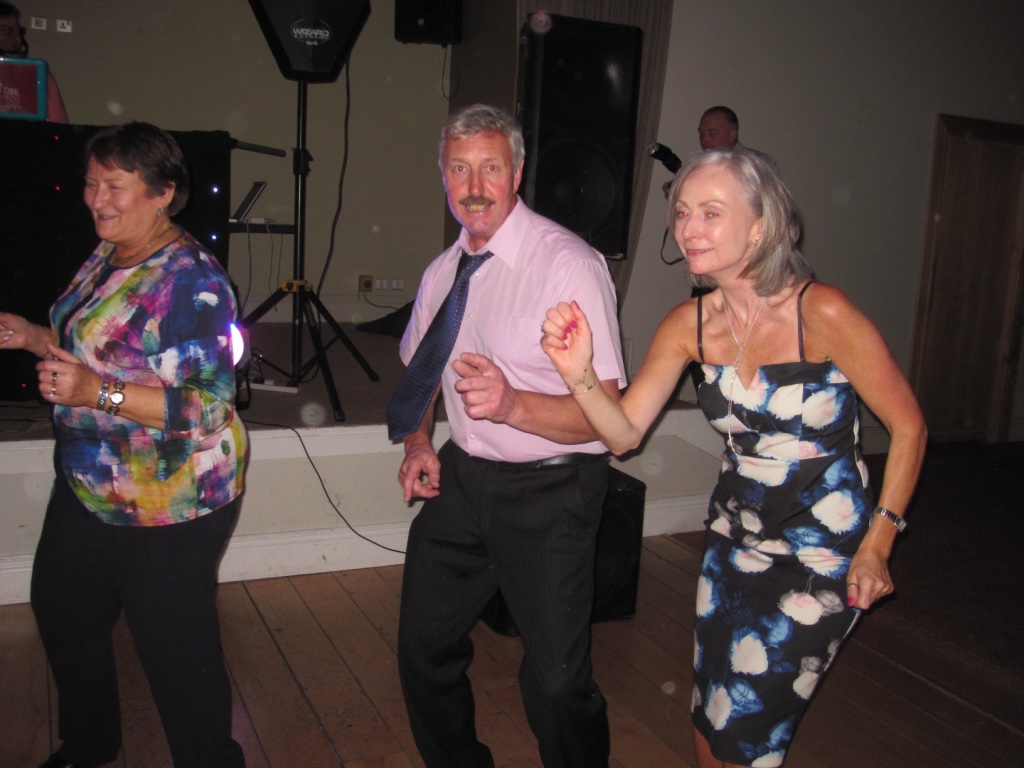“We’re never going to get rid of the problem — it’s whether we can influence it is the question. “The ACL is vulnerable to rotational activity. Any field sport involving jumping or torque threatens it. To some extent, the ACL is not fit for purpose. An animal like the mountain lion has an ACL like a triple bundle but ours is nothing close to that. “Sport has taken the knee by surprise with the amount of turning and cutting involved. The Aussies pride themselves on their preventative programmes but there have been several cases of injuries in the AFL this year.” |

By John Fogarty
Last weekend, Wexford’s Tomás Waters and Waterford’s Martin O’Neill damaged their ACLs (anterior cruciate ligaments), the latest in a long line of inter-county players including three-time victim Colm O’Neill.
At Moran’s UPMC Sports Surgery Clinic based in Santry, a new pitch lab has been developed to investigate what can be done to avoid groin injuries.
The brainchild of Dr Andy Franklyn-Miller and Dr Eanna Falvey, it’s planned that the ACL will shortly be incorporated into the initiative.
Meanwhile, the GAA is currently looking at putting together prehabilitation programmes to cut down the number of cruciate injuries.
However, Moran warns the cruciate is such a “puny” part of the knee that it is always going to be susceptible to tears and ruptures.
Moran reports over 60% of cruciate injuries are non-contact and states it’s not a GAA issue. He also says the American Journal of Medicine has had to cull the number of articles on ACL injuries.
He debunks the myth that a torn cruciate injury ages a knee by 20 years. “Those are throwaway remarks. The chances that a patient will end up with completely degenerative knee is actually quite small. As the patient gets older, they can move on from football to golf and the demand levels can drop.”
He also dismisses the effectiveness of ACL braces to avoid the injuries. “A lot of work has been done by the NFL but there hasn’t been documented proof it can be prevented from occurring [by a brace].
“The simplest movement could damage it. You’re talking about snapping a chicken’s neck and if it rotates beyond the control of the brace there lies the difficulty.”
Studies have shown in the AFL that the chances of a cruciate injury recurring are 15% over a five-year period. Cork’s Colm O’Neill this year underwent his third cruciate operation while Kerry’s David Moran has undergone two operations.
“We’re not claiming we can do a better job than the original,” Moran underlined. “It if happens a second time the risk of it happening again can be greater.”
Moran is excited about what information on the ACL may be derived by studies in the UPMC Sports Surgery Clinic’s new lab.
“There is a three-dimensional analysis of the turning on the hip and what way a person runs or cuts and see what impact that has on their groin.
“It’s work that hasn’t been done before and could lead to a preventative programme that may involve re-education in the manner a person runs or cuts.
“They have data compiled of over 200 patients and they’re expanding that to the ACL and seeing can they analyse aspects of running that may contribute to the injury.”
Read more
Read more
Read more
Read more
Read more









